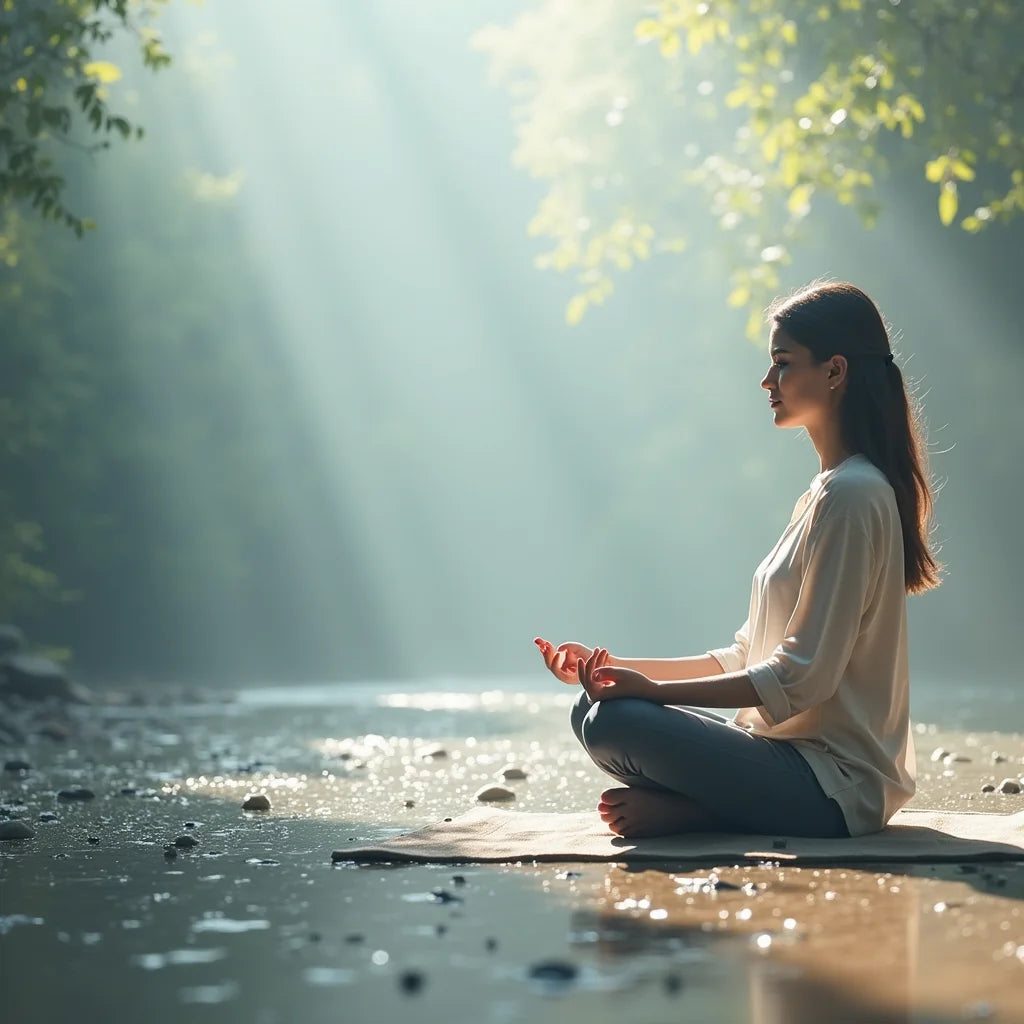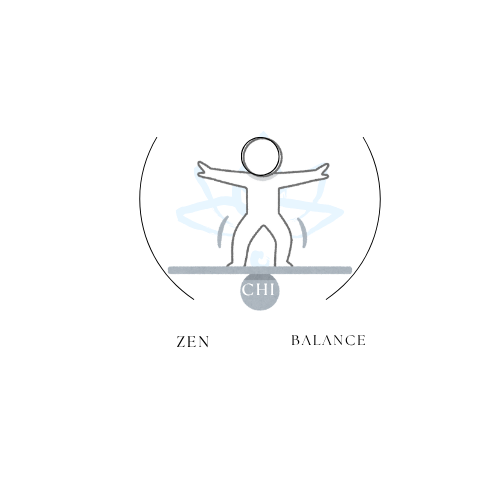
Practice Stillness to Rewire Stress and Sharpen Attention
Deel
Updated on: 2025-10-24
Table of Contents
- Common Stillness Mistakes to Avoid
- Pros and Cons of Stillness Practices
- Quick Tips to Cultivate Stillness, Quietude, and Tranquility
- A Simple Stillness Routine
- Mindfulness Prompts for Quietude
- Gentle Ways to Blend Meditation with Stillness
- Wrap-Up and Key Insights on Stillness
- Stillness Q&A: Helpful Answers
Stillness offers a soft doorway into quietude and tranquility when life feels full. In the first few minutes of reading, you will learn what stillness can look like in practice, how mindfulness and meditation may support it, and which small shifts can help it feel natural. Many people notice that a steady stillness habit supports clarity, patience, and a calmer pace. The benefits of stillness for mental health are often described in personal reflections, and the suggestions here are gentle and practical. You will find common pitfalls to avoid, a pros-and-cons view to set expectations, and short tips that fit everyday routines. For more reflective reads, you might visit the Blog or learn about the team on the About page.
Common Stillness Mistakes to Avoid
Building a stillness practice is often easier when you know what to sidestep. The following missteps are common and understandable. A gentle awareness of them may clear the path.
- Expecting instant silence. Stillness does not always mean a perfectly quiet mind. Thoughts may rise and fall. Allowing them to pass, rather than forcing them away, often feels kinder.
- Making sessions too long at first. Starting with brief moments—one to five minutes—often helps. Short practice builds trust, and trust makes stillness easier to revisit.
- Confusing stillness with doing nothing. Stillness can be active in a soft way: noticing breath, sensing posture, or observing the environment with care. It is presence, not absence.
- Judging progress too quickly. Measuring every session may create tension. Consider simple markers, like a deeper breath or a softer jaw, instead of strict goals.
- Skipping transitions. Rushing in or out can feel jarring. A gentle arrival and a gentle exit help your mind associate stillness with safety and ease.
- Overloading with techniques. Mixing many methods at once can feel noisy. A single, steady practice—such as counting breaths or noticing posture—often supports tranquility.
- Waiting for the “perfect” time. Life is lively. Stillness can fit into small openings: after you park, before a call, or while water boils.
Pros and Cons of Stillness Practices
A balanced view encourages kind expectations. Here is a quick look at the upsides and the possible challenges of weaving stillness into daily life.
Potential Pros
- Encourages quietude and a steady, grounded pace.
- Supports clarity, focus, and thoughtful choices.
- Pairs well with mindfulness and simple breath awareness.
- Can be brief and flexible, fitting busy schedules.
- Requires little to no equipment; posture and breath are enough.
Potential Cons
- Restlessness may appear at first, which is normal.
- Inconsistent practice can make results feel uneven.
- Expecting big changes too fast may lead to frustration.
- External noise or interruptions can be distracting.
- Some may prefer movement-based calm (like a slow walk) over sitting still.
Quick Tips to Cultivate Stillness, Quietude, and Tranquility
These short, practical suggestions are designed to be gentle and easy to try. Choose one or two that feel kind to you today.
- Begin small. One minute counts. Let it be simple and honest.
- Pick a cue. Link stillness to daily anchors: after brushing your teeth, before opening email, or when you sit down to eat.
- Rest your gaze. Soften your eyes on one calm point. Natural light helps, though any soft focal point is fine.
- Let your breath lead. Notice your exhale lengthen by one count. Gentle, not forced.
- Use a phrase. Quiet phrases like “Here, now” or “Soft and steady” can settle attention.
- Try a mindful pause. Pause for three slow breaths before you reply, reach, or move to the next task.
- Invite comfort. A supportive chair, a shawl, or a cushion can make stillness more welcoming.
- End with gratitude. A simple “Thank you for this moment” can mark the close with care.
A Simple Stillness Routine
Here is a brief routine you can try anytime. Adjust the length as you wish.
- Settle. Sit or stand with a relaxed spine. Let shoulders drop. Place both feet on the floor.
- Soften. Rest your gaze or close your eyes if that feels comfortable. Unclench your jaw.
- Breathe. Inhale gently through the nose. Exhale a little longer than you inhale.
- Notice. Sense three things: the chair, your breath, and the temperature of the air. Allow thoughts to come and go.
- Close. Take one deeper breath. Open your eyes. Move slowly into your next step.
Mindfulness Prompts for Quietude
- “What is one sound I can hear without naming it?”
- “What is the texture of my breath right now?”
- “Where can I release 5% more effort?”
- “Can I notice the pause between breaths?”
Gentle Ways to Blend Meditation with Stillness
Meditation and stillness are close companions. If you enjoy meditation, you might let it support a stillness moment in these simple ways:
- One anchor only. Choose the breath, the body, or a soft phrase. Keep it simple.
- Short sits. Try three minutes of meditation followed by one minute of open stillness.
- Walking first. Take a slow, mindful walk for a few minutes. Then sit for a brief stillness pause.
If you prefer a quiet reading break to settle first, you can always return to the Home page or browse calming articles on the Blog. If you enjoy discovering tools that support a peaceful space, the Collections page may be helpful for ideas that complement your practice.
Wrap-Up and Key Insights on Stillness
Stillness is a kind, learnable skill. It grows through small, honest moments rather than long, perfect sessions. When you approach it with patience, you invite quietude and tranquility to weave through ordinary tasks. Here are a few simple insights to keep close:
- Consistency over intensity. A little, most days, often feels steadier than a lot, once in a while.
- Ease invites return. Comfort makes practice repeatable. Let your setup be warm and welcoming.
- Presence is the point. You do not need total silence. You only need to notice, kindly.
- Daily life is the container. Stillness travels well: at your desk, during a break, or before sleep.
If you would like to learn more about the people and purpose behind these practices, you might enjoy the story shared on the About page.
Stillness Q&A: Helpful Answers
What is stillness and why is it important?
Stillness is the practice of letting your attention rest in the present with gentle awareness. It can look like sitting or standing quietly, breathing with ease, and noticing sensations without judgment. Many people value stillness because it supports clarity, steadiness, and thoughtful choices. It also offers a space for mindfulness and, if you like, a short meditation. While experiences vary, people often describe a softer pace and a more spacious mind.
How can I cultivate stillness amid a busy schedule?
Start with brief pauses linked to existing habits. For example, pause for three slow breaths after you buckle your seatbelt, before you open messages, or when you set a mug down. Keep your tools simple: a steady posture, a slightly longer exhale, and one calming phrase. If a minute feels long, try thirty seconds. Consistency matters more than length. Over time, these small moments can add up and help stillness feel natural in daily life.
Is stillness the same as meditation?
They overlap, yet they are not identical. Meditation often follows a specific method, such as focusing on the breath, a sound, or a phrase. Stillness is a broader, quieter state of receptive presence that may include meditation—or simply a mindful pause. You might think of meditation as one path, and stillness as the calm field it can lead to. Both can be helpful. You can choose the approach that feels most supportive in the moment.

I'm a passionate curator at Zen Chi Balance, dedicated to spreading calm, harmony, and mindful living through faith-inspired lifestyle products. I help craft meaningful experiences for our global community of mindful shoppers.
The content provided is for informational and inspirational purposes only. It is intended to encourage personal growth, mindfulness, and balance in daily life. Zen Chi Balance does not provide medical, legal, or professional advice. For specific concerns or guidance, please consult a qualified professional. Visit us at www.zenchibalance.com for more inspiration and resources.
